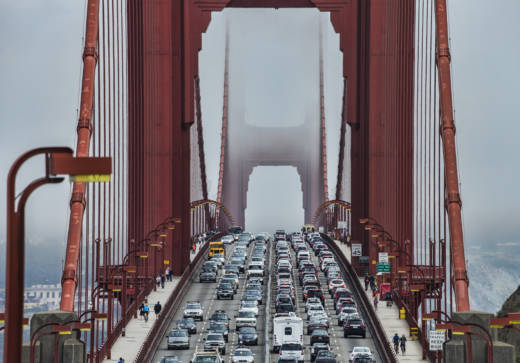Scott Pruitt, administrator of the U.S. Environmental Protection Agency, turned his sights this week on a nearly half-century-old federal waiver that allows California to pursue its own, tough tailpipe emission standards, and allows other states to opt in to California’s standards rather than federal ones if they choose.
The waiver has allowed California, the U.S. state with the most people and the biggest economy, to steer the rest of nation toward tougher limits on car and truck emissions that pollute the air and change the climate.
Pruitt said this week the agency will work with all states, including California, to set new pollution and mileage standards for gas- and diesel-powered vehicles.
Here’s a look at California’s unique waiver from federal emissions standards for cars, why it matters to the rest of the country, and what could happen if the Trump administration moves against California’s ability to set its own vehicle-emissions standards.
What is the Waiver?
A combination of climate, geography and a lot of cars and trucks has given California some of the worst smog in the country, especially in the Los Angeles basin and other inland valleys. To fight that, California has regulated vehicle-tailpipe emissions since before 1970, when the EPA and the federal Clean Air Act came into force. Because of that, Congress wrote an exemption into the landmark Clean Air Act: California could seek waivers to set its own limits for pollutants from cars as long as its rules were at least as tough as federal standards. Since then, Democratic and Republican administrations have renewed California’s waiver dozens of times. A Trump administration challenge would revive an abortive 2007 effort by the Bush administration to block California’s power to set its own emissions rules.

